Deep within the heart of the Galilee region in northern Israel lies a treasure trove of archaeological wonders, but none perhaps as fascinating as the recent discovery of a turtle-shaped rock sculpture in Manot Cave. Dating back approximately 35,000 years, this artifact offers a rare glimpse into the spiritual lives of our prehistoric ancestors. Researchers believe the sculpture may have played a pivotal role in ancient rituals, possibly even being worshipped as a totemic figure. As this discovery unfolds, it challenges our understanding of early human culture and raises intriguing questions about the origins of symbolic thought in humanity.
Manot Cave: A Crucial Archaeological Site
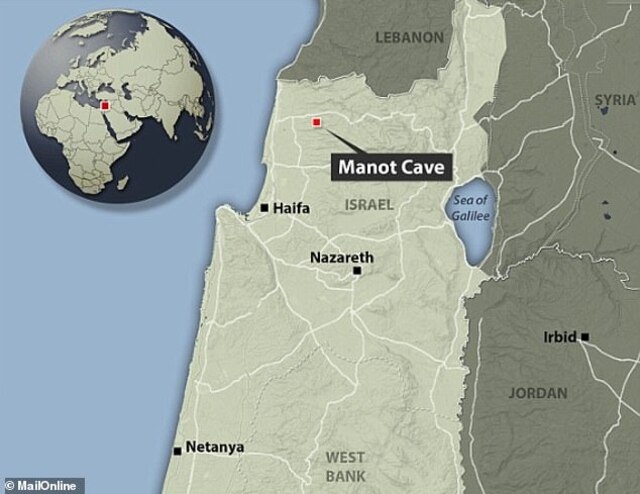
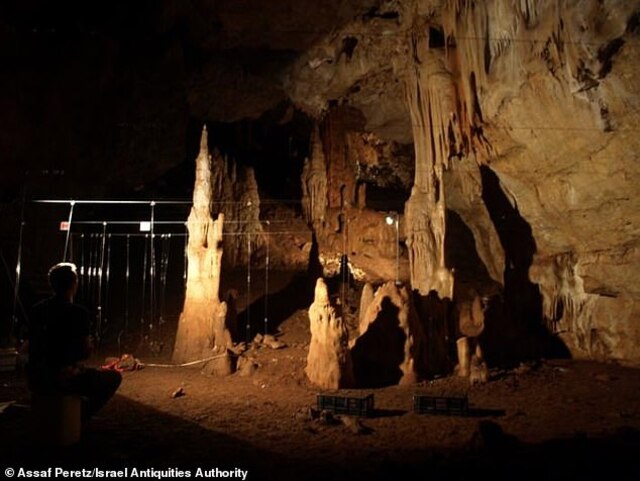
Manot Cave was first uncovered in 2008 during construction work near Israel’s border with Lebanon. Since then, it has become a focal point for researchers aiming to understand the lives of both Neanderthals and early Homo sapiens. This cave, over 55,000 years old, has yielded numerous significant finds, including a skull that provides evidence of interbreeding between Neanderthals and Homo sapiens. The cave’s deep, dark recesses seem to have been a place where both Neanderthals and early humans sought refuge, leaving behind evidence of their survival strategies, social structures, and spiritual beliefs.
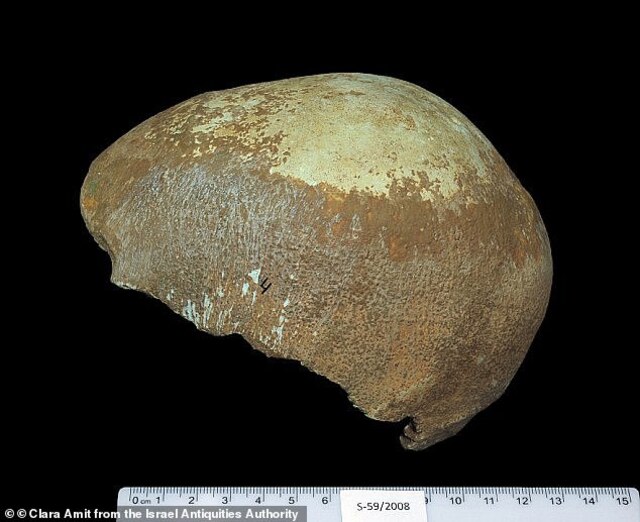
The recent discovery of the turtle sculpture adds to the growing importance of Manot Cave in the archaeological world. Archaeologists, led by Omry Barzilai from the University of Haifa, have been working tirelessly to excavate the site, revealing more of the cave’s secrets over the years. This turtle sculpture, believed to be over 35,000 years old, provides valuable insight into the symbolic practices of early humans and their connection to the natural world.
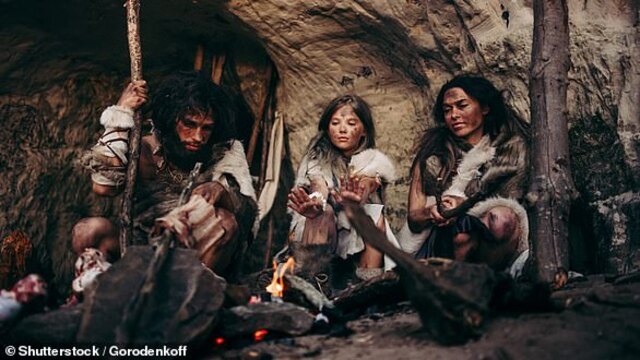
Video
Watch the video to learn about the 35,000-year-old ‘tortoise shell’ carving, possibly the oldest evidence of ritual behavior in the Holy Land! Don’t miss this fascinating discovery.
The Turtle Sculpture: A Symbol of Worship
The turtle sculpture is carved from a dolomite boulder, weighing around 28 kilograms and measuring roughly 11 inches in length. Its surface bears distinctive grooves that resemble the natural markings found on a turtle’s shell. The engraving on the boulder suggests that it may have had ritualistic significance. Placed in a niche deep within the cave, far from the everyday activities near the entrance, it stands as a symbol of spiritual devotion.
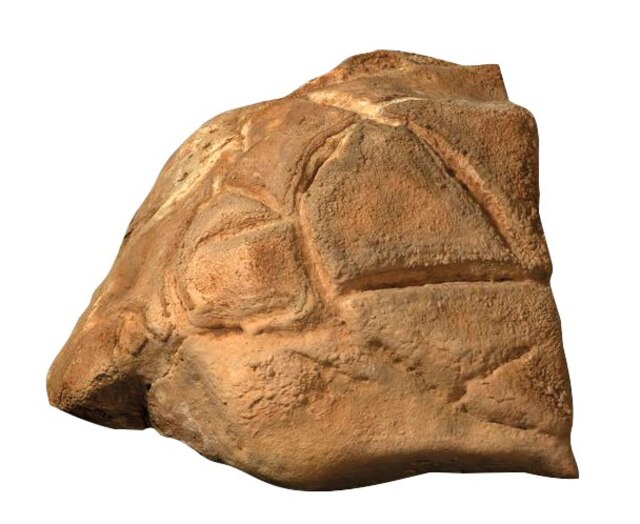
Researchers suggest that this object may have been a totem or spiritual figure, representing qualities such as strength, stability, and perseverance. The choice of a turtle as a subject is particularly interesting, given the animal’s widespread symbolic meaning across different cultures. Its slow movements and durable nature made it a powerful symbol of endurance, possibly linked to the earth and the cosmos itself.
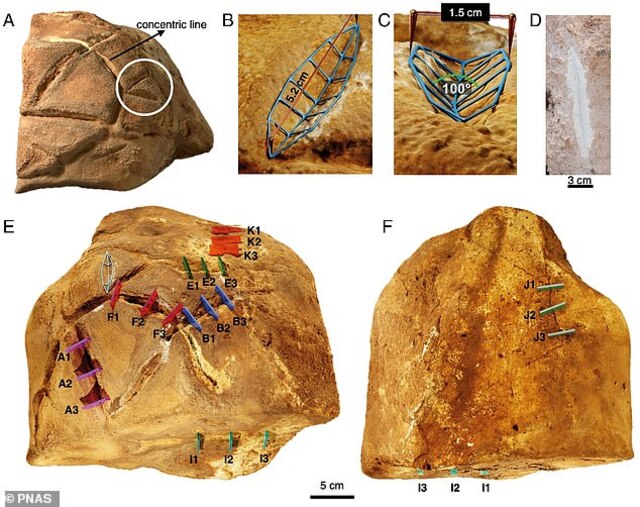
The Role of Turtles in Ancient Mythology
The symbolism of turtles in ancient cultures extends far beyond the shores of the Mediterranean. In various myths, the turtle is seen as a cosmic figure, often holding the world on its back. In Hindu mythology, the World Turtle, known as Kurma, supports the earth and the heavens, embodying the universe’s stability. Similarly, in Chinese mythology, a giant sea turtle is believed to hold up the sky after the heavens were damaged. Native American tribes also believed that the earth was created on the back of a turtle, making it a central figure in many creation myths.
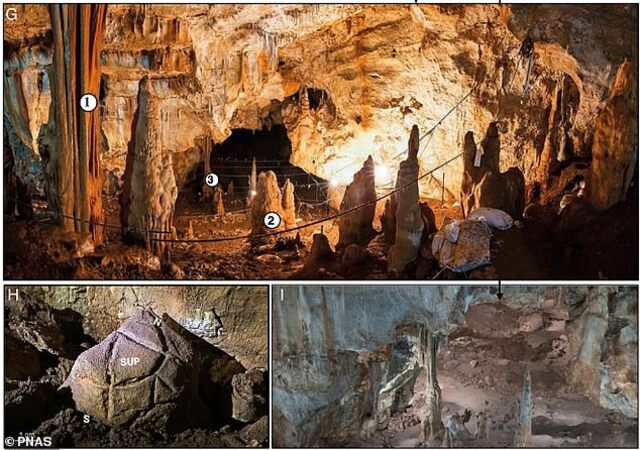
These myths resonate with the turtle sculpture found in Manot Cave, suggesting that the early inhabitants of the region might have shared similar beliefs. The turtle, in its representation of the cosmos and its enduring nature, may have symbolized the stability of the universe and the perseverance required to survive in a harsh environment. The connection between the turtle and creation, life, and death could have made it an ideal subject for worship, particularly during ritualistic practices meant to strengthen communal bonds.
Archaeological Evidence of Ritualistic Behavior
The discovery of the turtle sculpture in a secluded part of the cave, far from the entrance where everyday activities would have taken place, is significant. Researchers believe that the area was likely used for rituals that served to enhance social cohesion among early humans. The presence of wood ash in the vicinity further supports this theory, indicating that torches may have been used to light the cavern during gatherings.
The cave’s acoustics also suggest that it was well-suited for communal rituals. The layout of the cave and the positioning of the sculpture imply that it could have been a focal point for group activities, possibly involving speeches, chants, or other forms of social interaction. These ritualistic gatherings would have played an essential role in the development of early human societies, helping to foster a sense of unity and shared purpose.
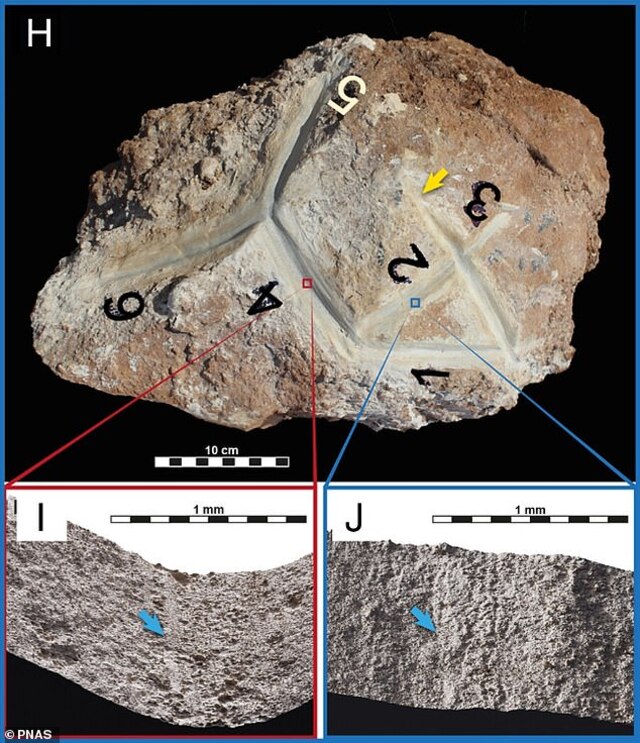
The Broader Implications for Understanding Early Human Societies
This discovery sheds new light on the social and spiritual lives of early humans in the Levant. The turtle sculpture represents one of the earliest known depictions of a symbolic animal, highlighting the importance of totemic beliefs and ritualistic practices in prehistoric societies. It suggests that early Homo sapiens had a sophisticated understanding of symbolism, which played a crucial role in their social and cultural development.
The importance of symbolic thought is often considered one of the key factors that set Homo sapiens apart from other species. The ability to create and communicate through symbols allowed early humans to express complex ideas, share beliefs, and strengthen communal bonds. The turtle sculpture found in Manot Cave may represent an early form of religious or spiritual practice, providing insight into how our ancestors understood their place in the world.
Video
Watch the video to learn about the preservation of Lonesome George, the last Pinta tortoise! Don’t miss this touching tribute to an incredible species.
Conclusion: Bridging Myth and Reality in Prehistoric Worship
The 35,000-year-old turtle sculpture discovered in Manot Cave is more than just an ancient artifact; it is a window into the minds of our prehistoric ancestors. This remarkable find highlights the rich cultural and spiritual life of early Homo sapiens, offering evidence that ritualistic worship was an integral part of their society. The turtle, with its deep symbolism and connection to the cosmos, may have served as a totemic figure, revered for its enduring qualities.
As more discoveries continue to unfold at Manot Cave, we gain a deeper understanding of the complex web of beliefs, rituals, and practices that shaped early human societies. The turtle sculpture stands as a testament to the vibrancy of Paleolithic life, revealing the intricate ways in which early humans engaged with the natural world and sought to explain the mysteries of life, death, and the universe. Through these findings, we are reminded of the enduring power of symbolism and its role in shaping our cultural and spiritual identity.



